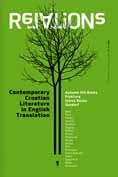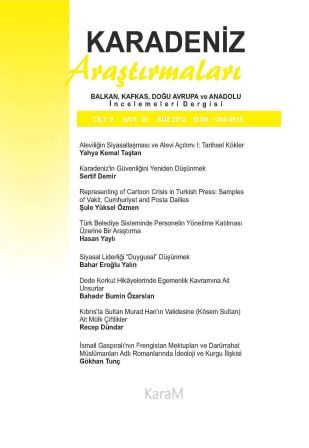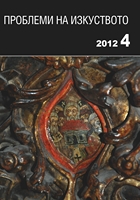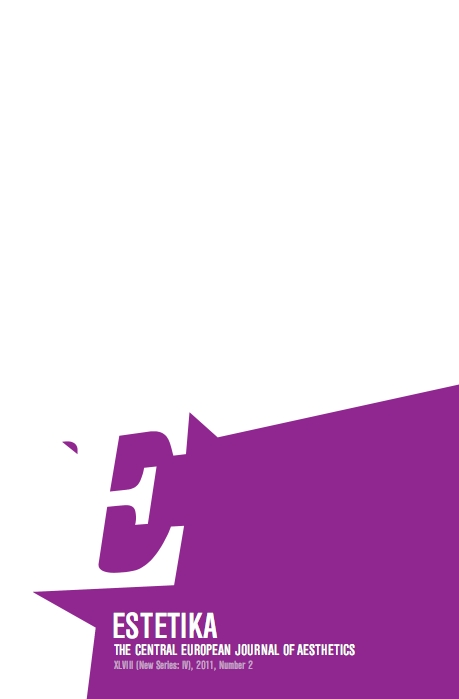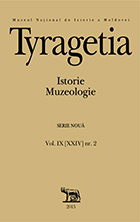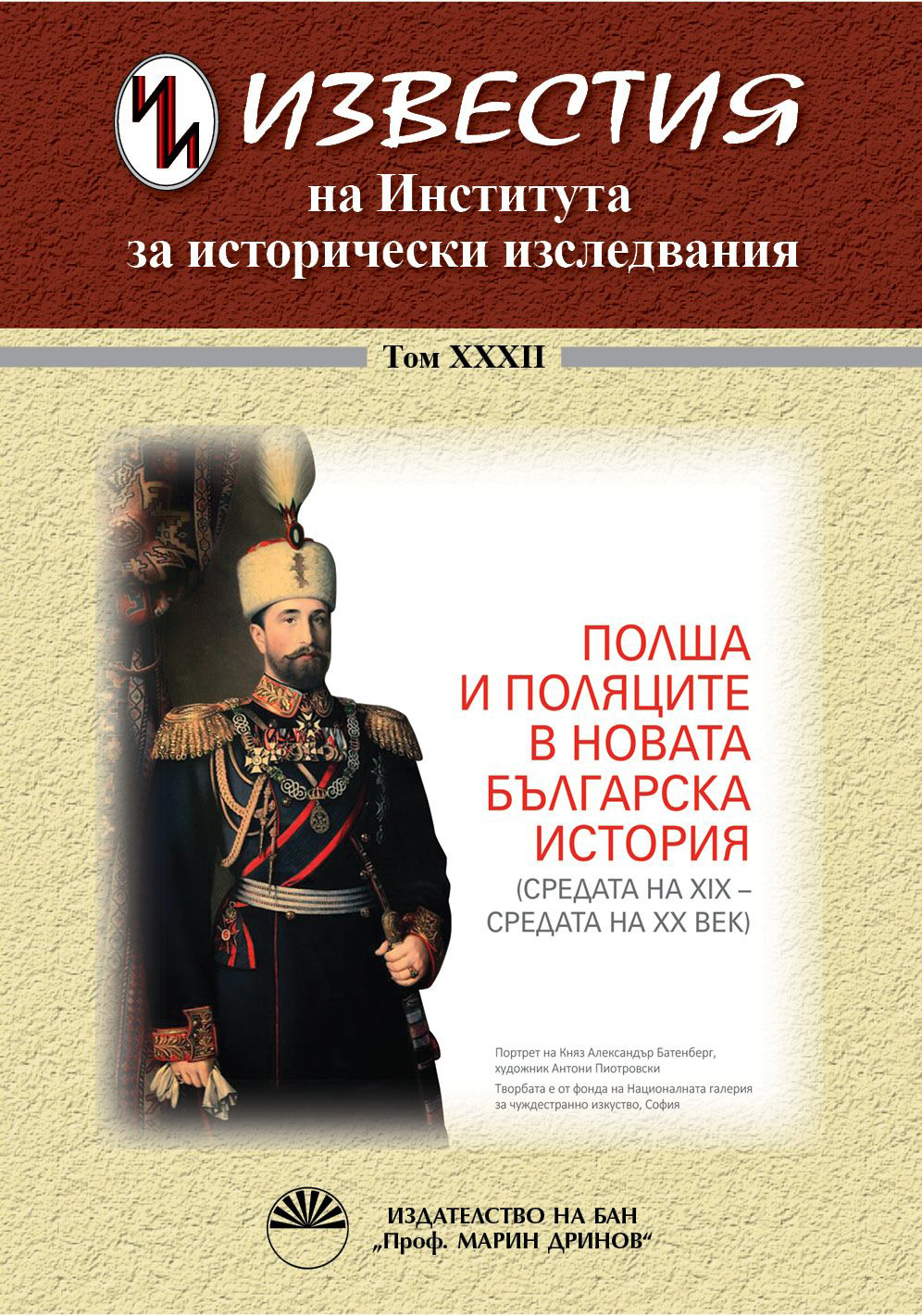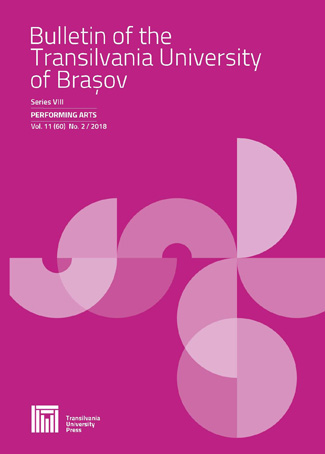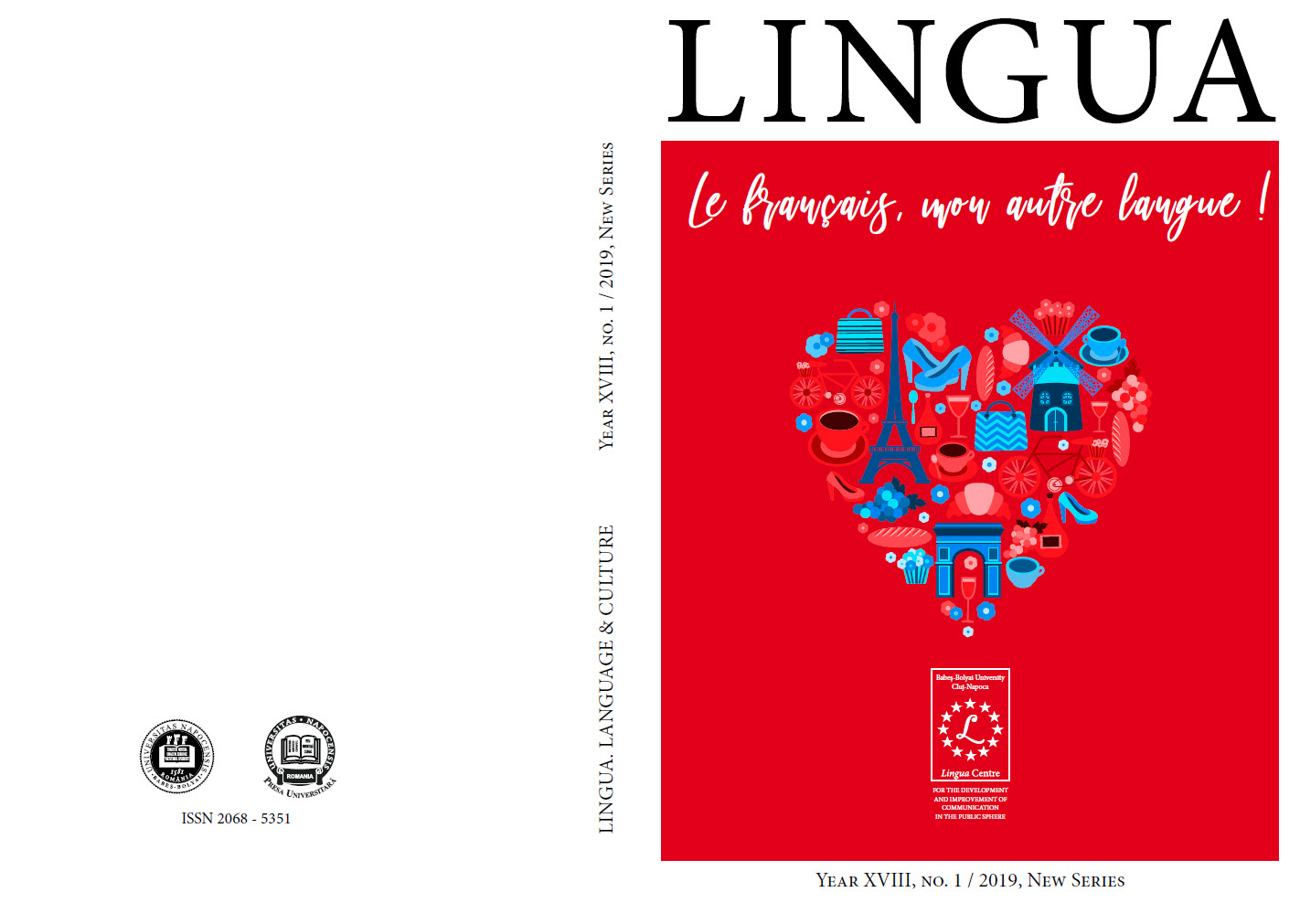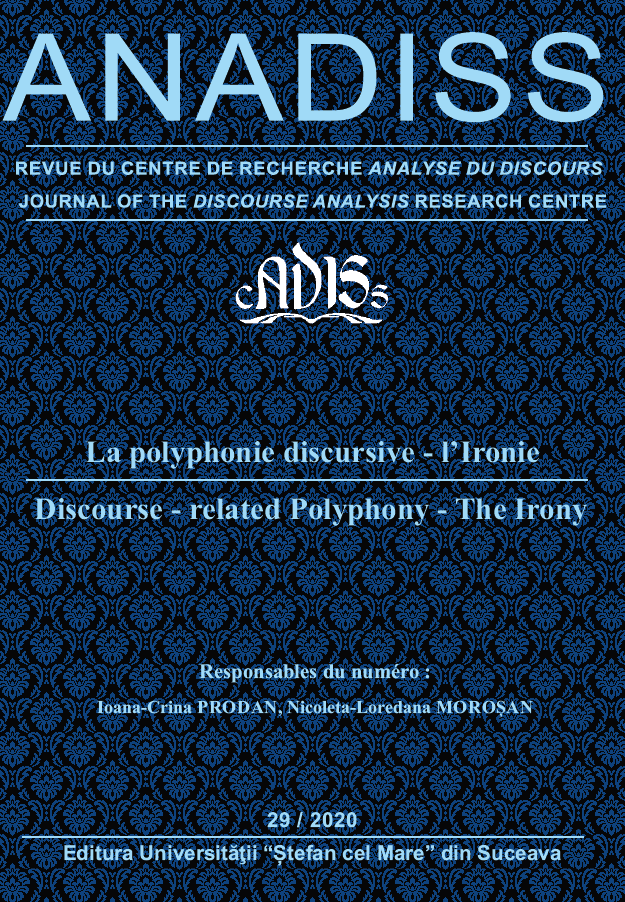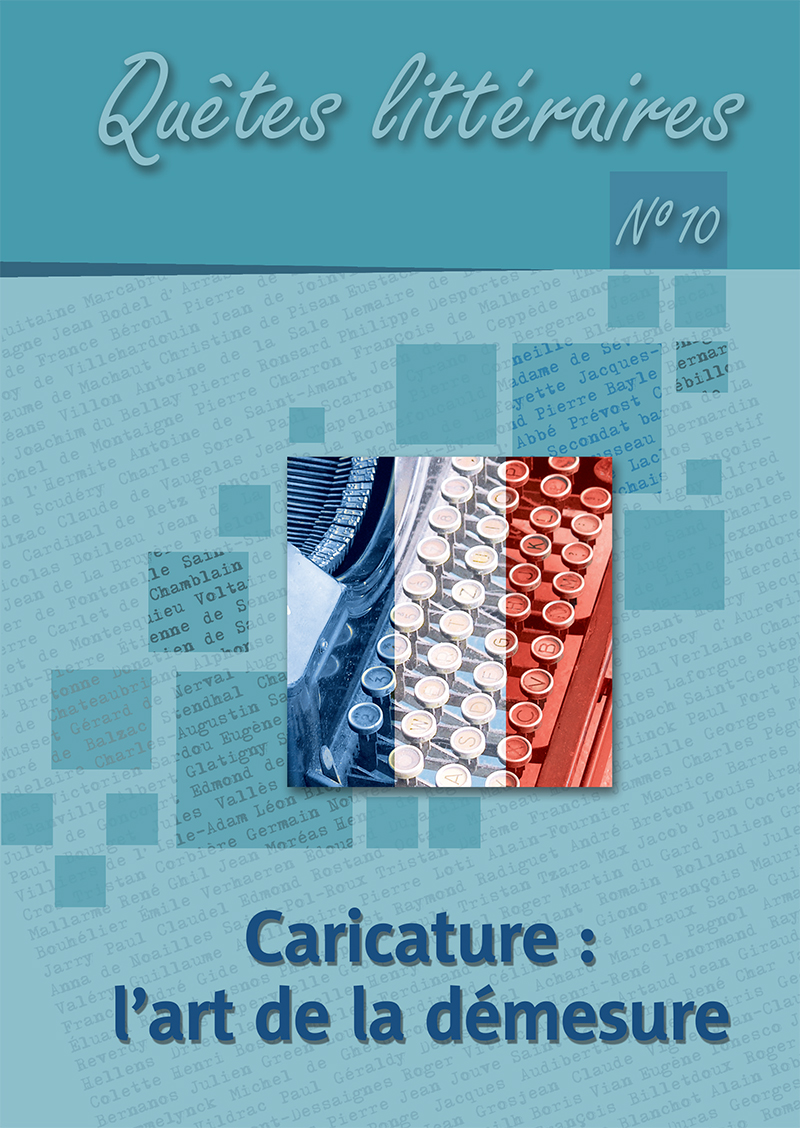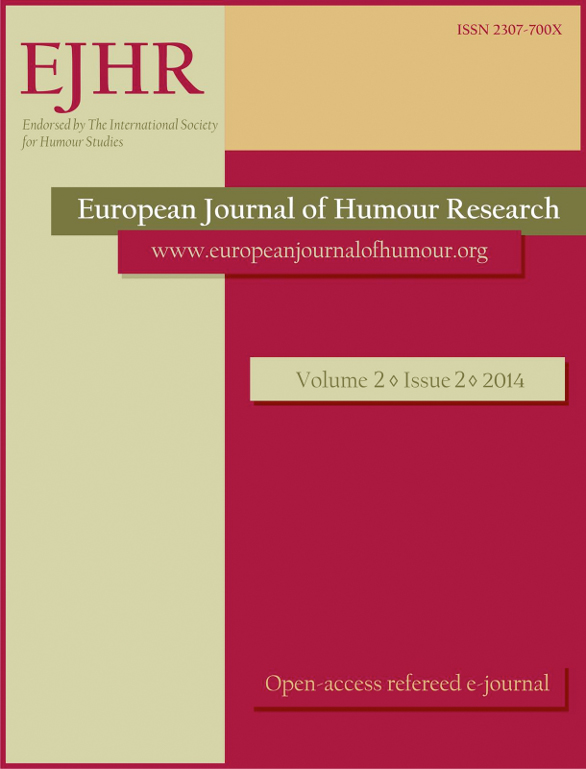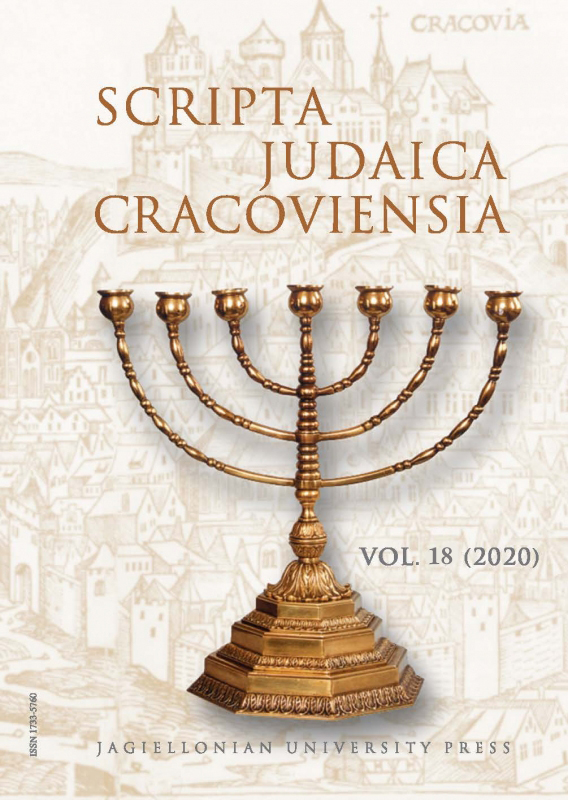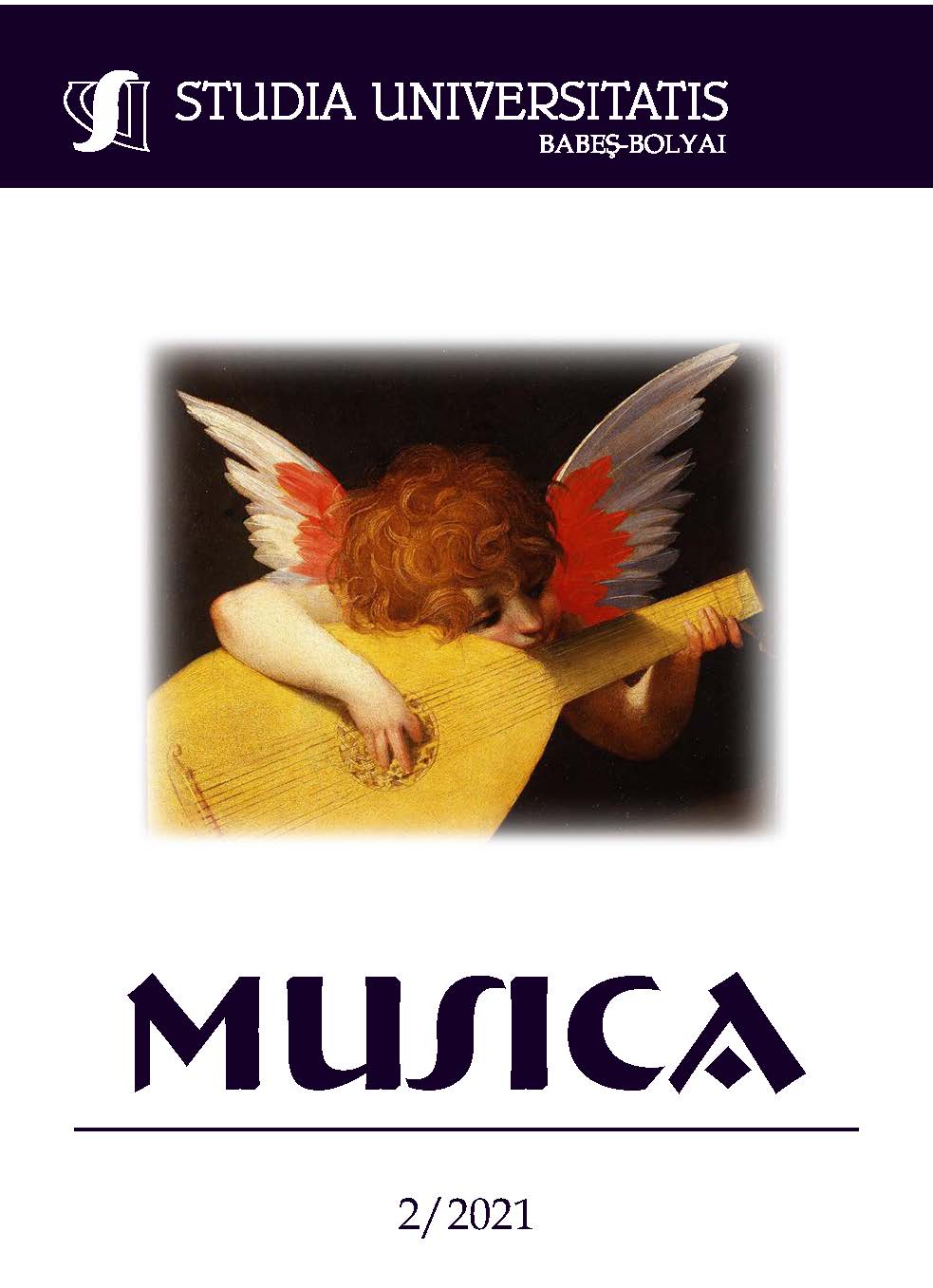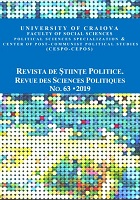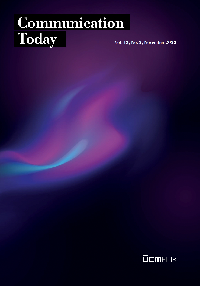NATIONAL IDENTITIES AND IDEOLOGIC CONFLICT IN THE CARICATURES AND THE GRAPHICS OF THE COLD WAR (1950-1955)
IDENTITĂŢI NAŢIONALE ȘI CONFLICT IDEOLOGIC ÎN CARICATURILE ȘI GRAFICA RĂZBOIULUI RECE (1950-1955)
Keywords: -
In order to determine what was the contribution of graphics in shaping national identities in the Romanian post-war imagery, we chose approximately 100 caricatures (mainly) and political graphics from “Scânteia” newspaper, the Romanian Communist Party’s offi cial newspaper. Th e images were selected from within the period 1950-1955 and refer to political and social issues which comprised the core of visual propaganda of the communist regime. Th e paper follows several directions of analysis: the number of images (percentage) showing the enemy and if real or symbolic characters representing Romania, USSR or the Eastern block were caricaturized, to what extent positive cartoons presenting Romania’s Western rivals appeared, what were the major themes addressed in the visual propaganda from “Scânteia” newspaper, what characters/countries were preeminent in such images and which was the aggressiveness dose induced by the images loaded with ideological symbolism. The analysis of this type of political graphic leads to the idea that otherness was brought to front only through diff erent tactics of cultural violence. It is understandable that these cartoons organized and directed the hostility of the masses, creating illusions and forging national psychosis. In order to display their superiority, the Romanians used ample distinctions such as “us and others”, where the others were portrayed in an entirely negative registry. Th e violence of the Romanian imaginary, ideologically strengthened, allowed the demonization of the foreigners and the launching of false national, professional or “class” stereotypes.
More...
